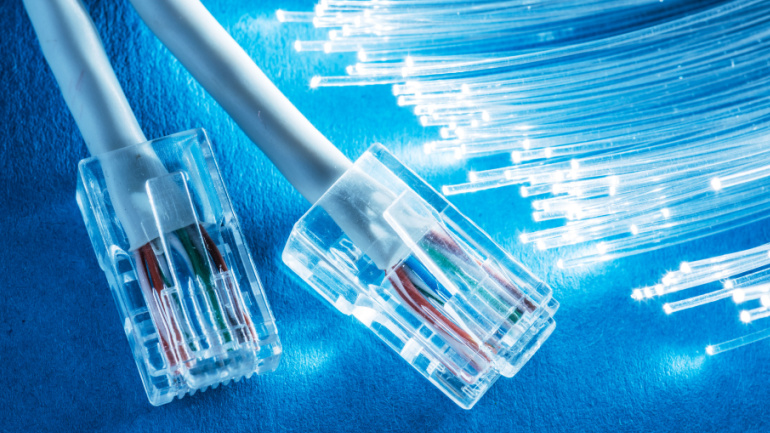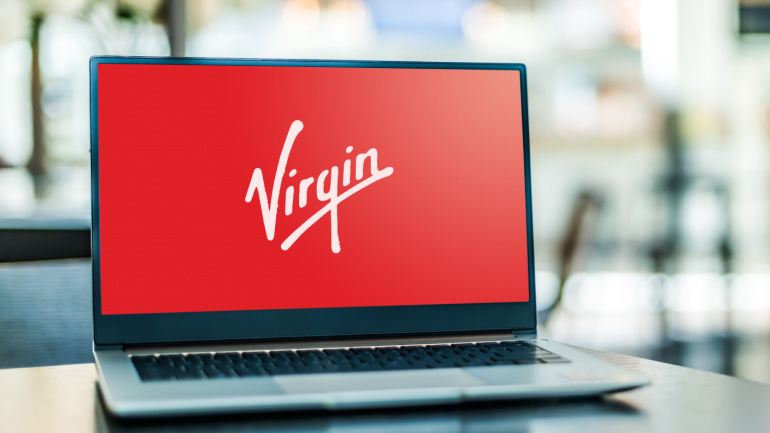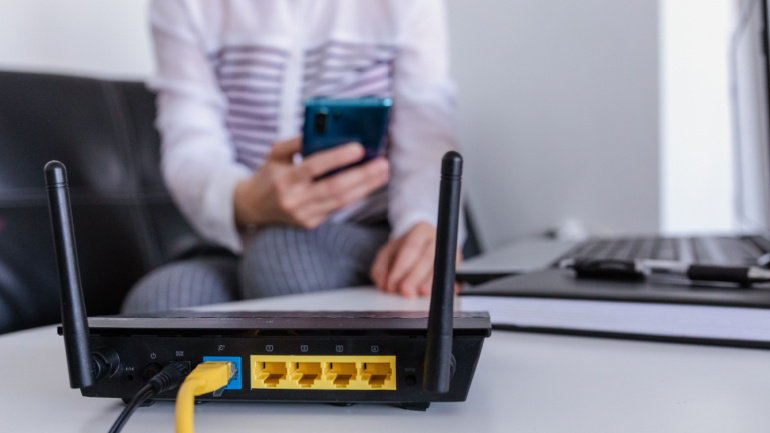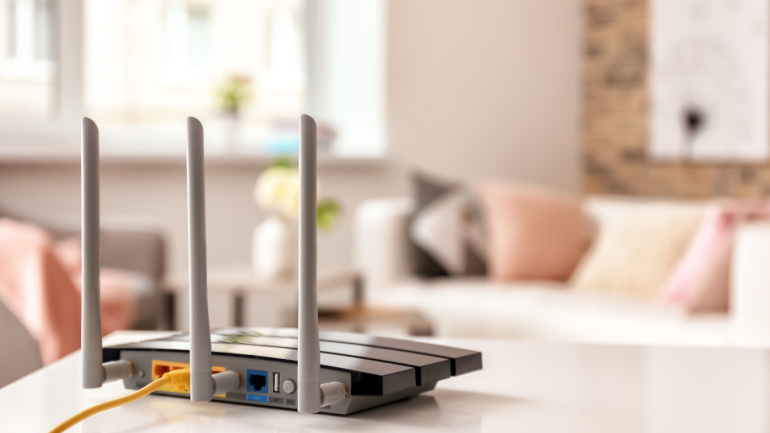Comcast is revolutionizing the world of telecommunication by introducing prepaid options under its new ‘NOW’ brand. The lineup, including wireless, fixed broadband, Wi-Fi and streaming TV, aims at maximizing affordability and ease of use. Despite Broadband being less explored due to required installation process and risk factors, Comcast’s ‘NOW Internet’ is geared towards the prepaid segment, including user-friendly design and affordable rates.
RDK Management (RDK) today announced that it has joined the Wireless Broadband Alliance (WBA) and that the two organizations’ members plan to collaborate on industry-wide initiatives such as Operator Managed Wi-Fi, Wi-Fi 7, and IoT. RDK and WBA share many common members across broadband operators and technology companies that are committed to deploying RDK for Broadband (RDK-B).
In a bold move, Millicom is widening its synergies with Harmonic, specifically leveraging Harmonic’s advanced cOS broadband technology to expand high-speed internet access across nine Latin American countries. This strategic advancement is enabled by the enhancement of existing nodes using Harmonic’s hybrid fibre-cable technology.
In an ambitious move to enhance mobile connectivity across Japan, Rakuten Mobile has announced its plan to offer satellite-to-mobile services by 2026, partnering with AST SpaceMobile. This initiative aims to leverage AST SpaceMobile’s space-based cellular broadband network, enabling direct access to smartphones for text messaging, voice, and data services.
VMO2 faced a substantial loss of £3.3 billion in 2023, worsened by a £3.1 billion goodwill impairment rooted in increased capital costs. While their debt soured under challenging economic conditions, they still managed to attract 64,000 new broadband and 47,000 mobile customers. Nevertheless, revenues witnessed a slight tumble as consumer fixed income dipped and the B2B sector lagged.
In a surprising move, Blackpool-based Internet Service Provider (ISP) Yayzi has outpaced its larger competitors by introducing a 2.3-Gbps consumer broadband service. Leveraging CityFibre’s XGS-PON network, the service, which boasts a symmetrical throughput of up to 10 Gbps, sets a new standard in the UK ISP market.
In a strategic move to enhance their presence in the North West of England and the Midlands, Freedom Fibre and VX UK have announced a merger, forming a new entity named Freedom Fibre Limited. The combined operation will cover a substantial footprint of 285,000 premises, with Neil McArthur, founder and CEO of Freedom Fibre, leading the helm along with the current senior leadership team from Freedom Fibre.
House Republicans are seeking clarity from the NTIA on its stance on Broadband, Equity, Access, and Deployment (BEAD) program initial proposals, pertaining to potential rate regulations. They argue such regulations may contravene the Infrastructure Investment and Jobs Act (IIJA) directives. Amid rising concerns, Louisiana becomes the first state to have its BEAD program approved.
Broadband users face the most disruptions during peak hours, particularly at 11 am on Fridays or Wednesdays, according to a recent survey. The study pinpointed additional vulnerable time slots between 6 pm and 9 pm, 2 pm and 3 pm, and 10 am. The primary culprit for disconnections, as reported by users, is broadband provider outages, accounting for a majority of the incidents. Other contributors include power cuts (42%), planned maintenance to external cables (18%), and router issues (17%).
The Idaho Broadband Advisory Board (IBAB) has approved the allocation of $120 million from the Idaho Capital Projects Fund to support 18 broadband initiatives, providing a significant boost to over 30,000 homes and businesses across the state. In collaboration with the state government, the advisory board strategically targeted projects to enhance crucial areas including distance learning, telehealth, telework, economic development, and public safety.













